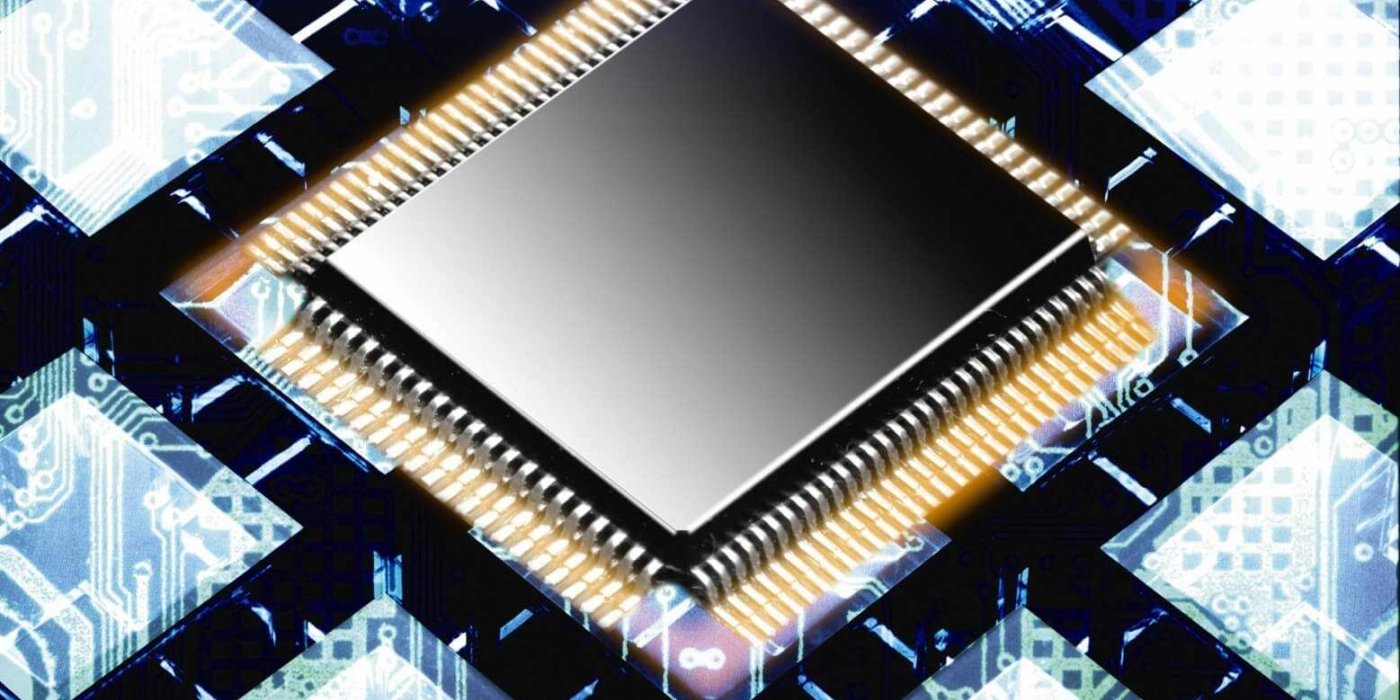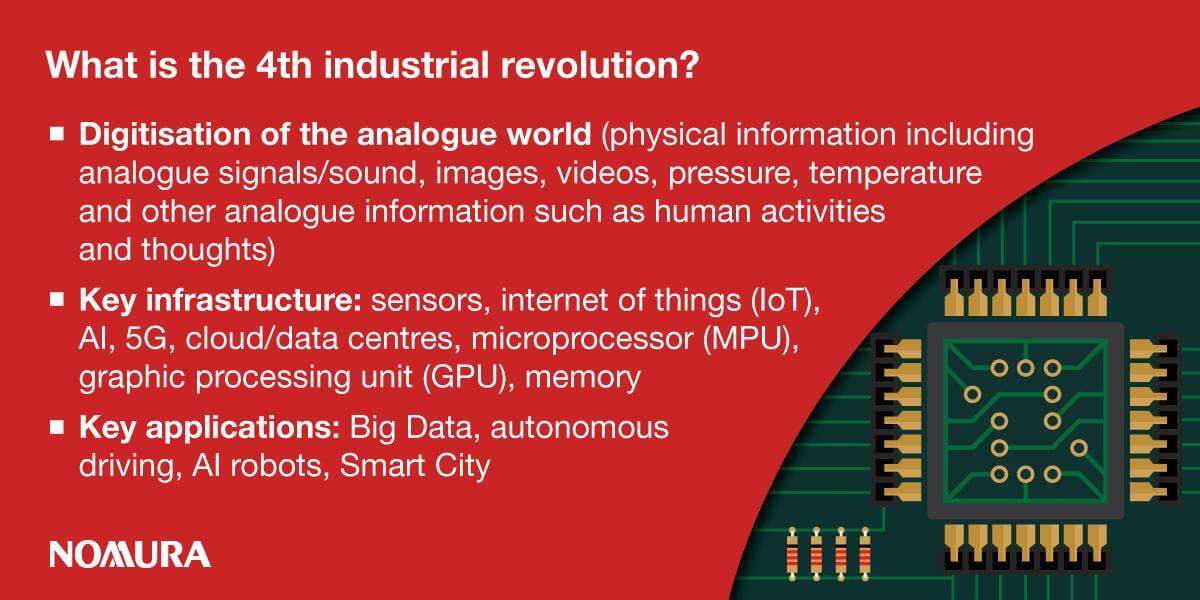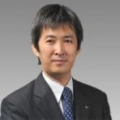Technology | 4 min read January 2019

Technology | 2 min read | June 2018

Technology | 2 min read | June 2018
Need to add blockIntro
The fourth industrial revolution (4IR) encompasses breakthroughs in robotics, AI, nanotechnology, quantum computing, biotechnology, the Internet of Things (IoT), 3D printing and autonomous vehicles. 4IR will touch every industry and area of human activity; it’s already underway and is evolving faster than any of the revolutions that preceded it.
As our report notes, we expect 4IR to create huge opportunities for Asia-Pacific, not least in the cloud space given the surge in demand for data centers and cloud-based capabilities in emerging economies.

How advanced is 4IR?
Deep learning-based AI is already able to collect, comprehend and analyze voices, images and videos, and is on its way to translating natural language.

A schematic diagram of a deep learning neural network system
In order to reach the next stage, the following key infrastructures are required:
Many of these developments are on the way, thanks to a leap in computing power and software development. AI-related hardware system performance per cost was approximately 10 times greater in 2017 than in 2014, thanks to the adoption of graphics processing unit (or parallel) computing, for example. Meanwhile, commercialization of 5G in 2019 will deliver speeds 10 times faster than 4G.
We’re on the edge of a new era of autonomous driving, smart security, smart healthcare and smart legal services. More dramatically, self-developing AI-based processes are likely to become capable of replacing humans in areas requiring intellectual ability in the foreseeable future.
Keys themes addressed in our report
1. The explosion of cloud services and a recovery in the high-performance PC market
2. The memory super-cycle will enter phase two in 2018
3. A prolonged smartphone replacement cycle in 2018
4. M&A and strategic partnerships
5. The commercialization of extreme ultraviolet, a key variable for semiconductor industry
6. New smartphone features, including OLED displays and 3D sensing
7. Cryptocurrencies
8. China’s accelerated uptake of electric vehicles
Our report also assesses the likely winners and losers of 4IR. Many of the big changes likely to result from 4IR will benefit US tech names but some Asian tech names should benefit directly or indirectly from this mega trend.
Read the full report with our detailed outlook for all relevant sectors here.
---------------------------------
Read our newest report explaining differentiators for each tech subsector here.
Key themes and analysis in this Anchor Report include:
- How 4IR tech is increasing its presence in our day-to-day lives.
- 1H18 review and outlook for 2H18F, by subsector.
- Detailed outlook for key subsectors: memory, semi equipment, display, handset/parts, PC hardware, IT services and 4IR.

Head of Research, Korea and Pan-Asia Tech / Semiconductors Research

Industrial Electronics, Japan

Semiconductor Production Equipment & Precision Instruments, Japan

Enterprise Networking, Network Security and Communications Equipment, North America

Automobiles and Semiconductors, Americas
This content has been prepared by Nomura solely for information purposes, and is not an offer to buy or sell or provide (as the case may be) or a solicitation of an offer to buy or sell or enter into any agreement with respect to any security, product, service (including but not limited to investment advisory services) or investment. The opinions expressed in the content do not constitute investment advice and independent advice should be sought where appropriate.The content contains general information only and does not take into account the individual objectives, financial situation or needs of a person. All information, opinions and estimates expressed in the content are current as of the date of publication, are subject to change without notice, and may become outdated over time. To the extent that any materials or investment services on or referred to in the content are construed to be regulated activities under the local laws of any jurisdiction and are made available to persons resident in such jurisdiction, they shall only be made available through appropriately licenced Nomura entities in that jurisdiction or otherwise through Nomura entities that are exempt from applicable licensing and regulatory requirements in that jurisdiction. For more information please go to https://www.nomuraholdings.com/policy/terms.html.
Technology | 4 min read January 2019
Emerging Markets | 2 min read February 2019
Technology | 5 min read March 2019